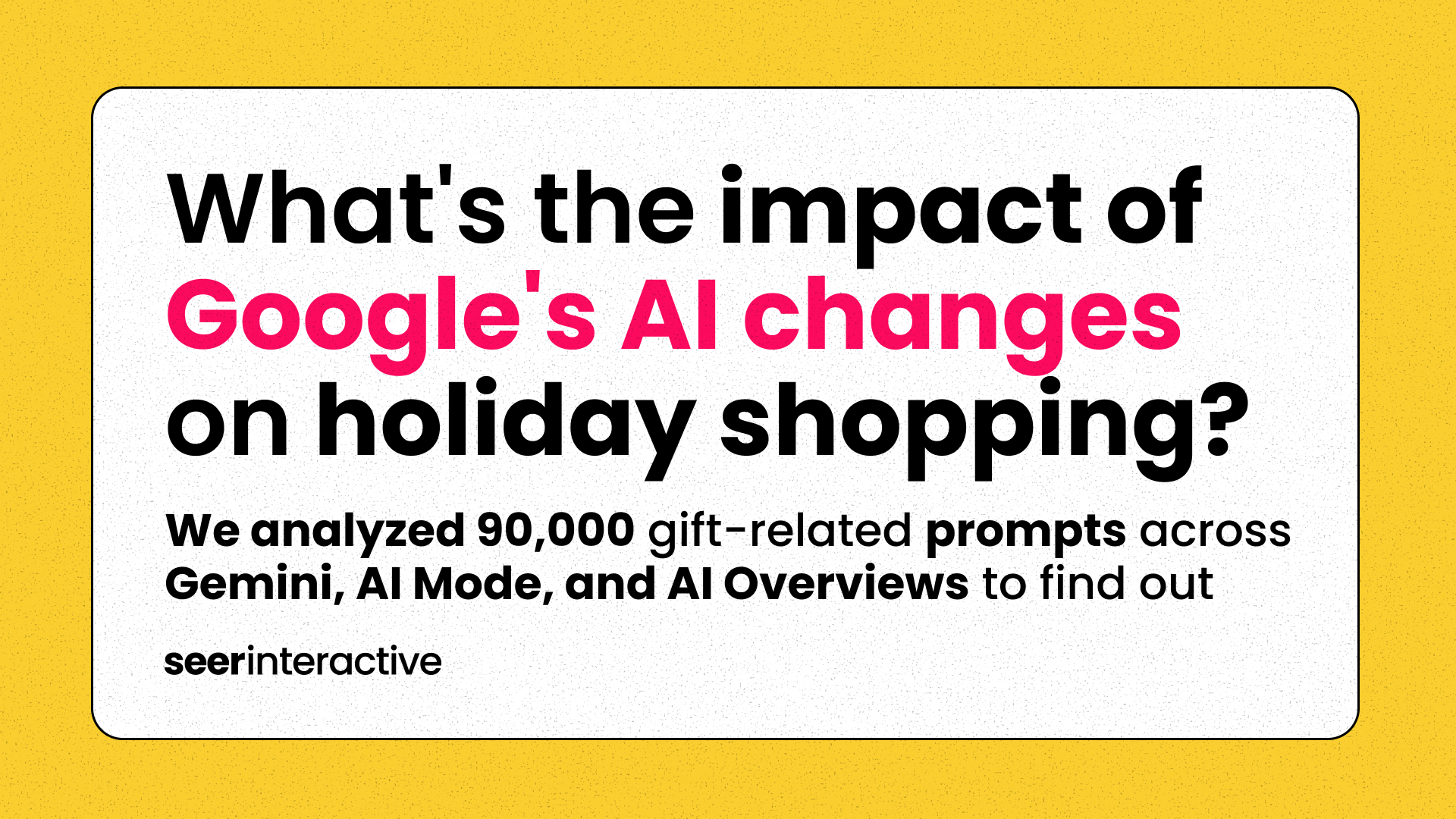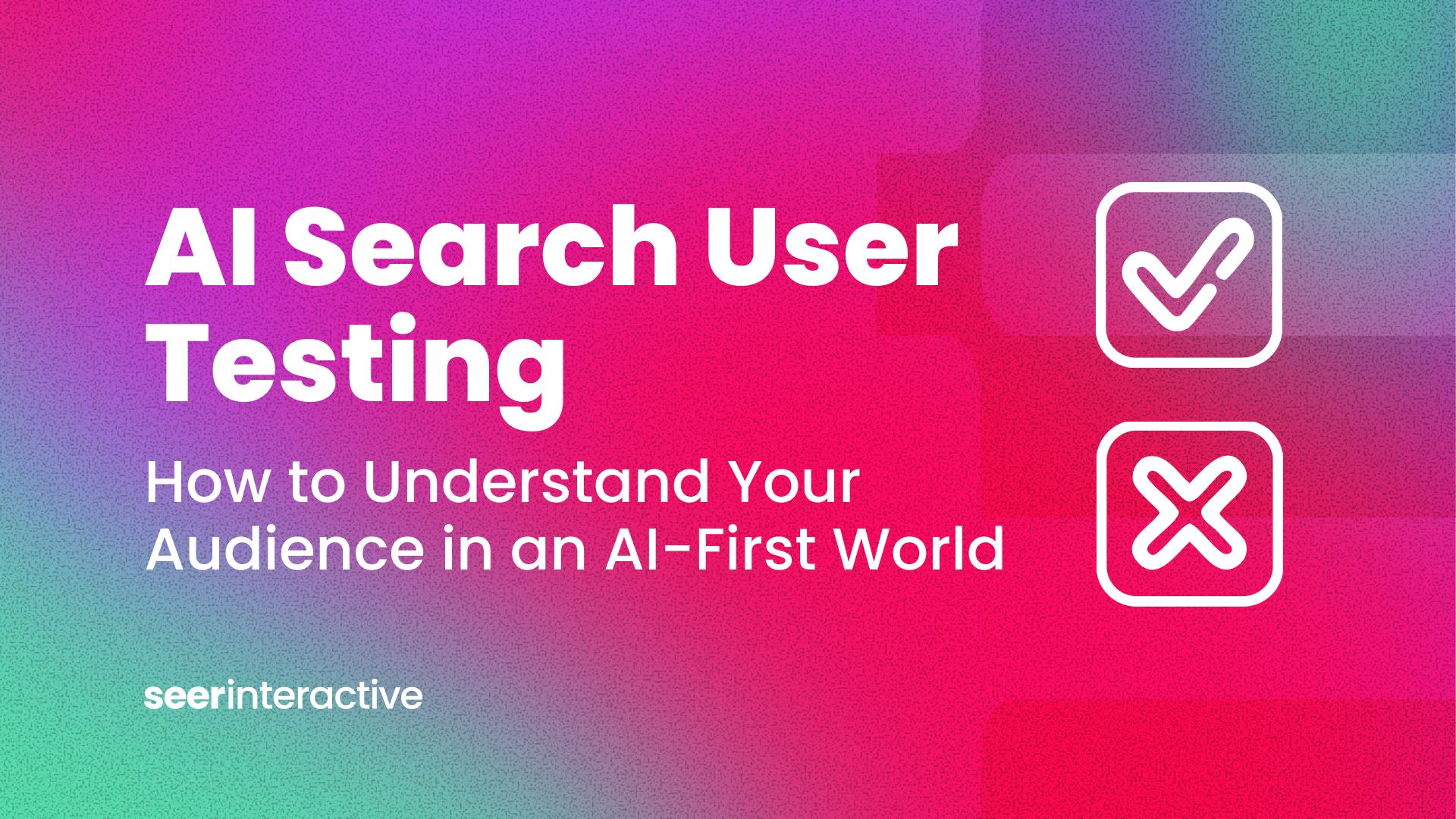This post has been updated with the latest data: Three full quarters in 2025, tracking data from June 2024 through September 2025. Check it out here.
I believe that AI Overviews (AIOs) on Google will significantly affect click-through rates (CTRs) for both organic and paid search, but the impact varies based on query type and AI Overview ownership, so I wanted to do a deeper dive and follow up to our original CTR report from
Methodology:
Keyword Selection:
- Filtered ~10,000 keywords to only include those ranking in the top 20 positions with informational intent
- This was to ensure the keywords we were tracking were most vulnerable to AI overviews
Sorted that list by estimated traffic to measure the terms with the highest potential impact.
Merged data from for following sources:
-
- Google Ads (Paid CTR data)
- Google Search Console (Organic CTR data)
- ZipTie AI Overview data (AI Overview presence)
Categorized queries into two groups:
- Queries where AIOs eventually appeared & Queries where AIOs never appeared
- Analyzed CTR trends for both groups from January 2024 through January 2025.
- Split data by organic CTR and paid CTR to identify trends.
- Investigated CTR changes for queries where clients own the AIO vs. those where they do not.
Findings:

Queries with AIOs had lower CTR from the start, likely due to Zero-Click searches
Even before AIOs appeared, the types of queries where AIOs eventually showed up were already generating fewer clicks, you can see the data in the image below from the SparkToro study. This finding challenges the assumption that AIOs are the only cause of reduced clicks. Instead, AIOs may be surfacing more for queries where users historically clicked less, similar to when featured snippets first launched on queries that were historically more educational or informational queries that were low-click anyway.

Organic CTR increased for non-AI Overview queries:
Year-over-year, organic CTR improved for queries where AI Overviews did not appear. This suggests that opportunities remain strong for organic traffic when AI Overviews are absent, possibly due to reduced competition on these SERPs.

"The types of queries where AI Overviews does not show up... we're actually seeing organic click-through rates increase."

For queries where AI Overviews appear, organic CTR plummeted from 1.41% to 0.64% year-over-year. This highlights how AIOs can dominate user attention and limit opportunities for organic visibility.
Paid CTR dropped across the board: Regardless of AI Overview presence, paid CTR saw significant declines year-over-year.

Are we tired of ads in the SERP?
This suggests broader shifts in ad engagement, likely influenced by user behavior or changes in SERP layouts beyond just AI Overviews Could be related to users seeking other places to ask questions before Google (Cough, AI search, Private Groups, TikTok). That could replace ad clicks.
Maybe there's an element of Ad Fatigue with Google ads as a whole? Especially since the leaked emails show Google Search & ad execs working together to increase ad revenue at the detriment of the user experience.
Showing up in AI Overview helps organic & paid CTRs (Brand effect)
When clients show up in AIO Organic CTR rises from 0.74% to 1.02%, paid CTR also increases from 7.89 to 11%
This could be due to these types of queries being Branded queries, with a higher base CTR to start off with, and featured in AIO, the user is more likely to trust the ad as well if it's the brand.
Any of those clicks feel trusted, since there's social proof. This indicates that being featured in AIOs offers a competitive advantage despite the overall lower CTR landscape.
I'm a search consultant, what do I do now?
Focus on query segmentation: Identify which queries in your vertical are prone to AIOs and analyze their historical CTR patterns.
Hypothesis: If this query, pre-AIO , showed featured snippets, then it was likely already a low-click ,visibility-play, topic. If this query, pre-AIO , didn't show featured snippets, then it entails the same SEO tactics as before.
Optimize for AIO presence: Securing a spot in the AIO can mitigate CTR losses and boost visibility.
Prioritize non-AIO queries: Since organic CTR is increasing for queries without AIOs, targeting these may offer untapped opportunities.
Monitor paid CTR trends: Broader declines in paid CTR warrant a re-evaluation of ad strategies, creative formats, and bidding tactics.
Consider AIO-specific optimizations: Explore structured data, authoritative content, and partnerships to increase the likelihood of AIO inclusion.
Read our post on getting started with Generative Engine Optimization:
I'm a VP / CMO - what do I do?
Allocate budget to AI tracking - tools like Ziptie, Seer's Generative AI tracker, and others should do the job.
Re-evaluate budgets quarterly - Prepare to reallocate resources based on query analysis. You may want to consider quarterly budgeting, as we're in such a turbulent time.
Re-evaluate KPIs - your SEO team and paid teams might work insanely hard to do the right things and get visibility, but if they are getting less clicks, you don't want them optimizing to a metric they have lost the ability to influence.
Diversify off Google & test new channels - Declining paid CTR across the board may require shifts in budget allocation and creative approaches.
Bust the silos - Find AIOs you don't rank for & make sure you advertising & PR teams are aware to help the SEO team.
Read our post on adjusting your KPIs for AI search:
.png)



